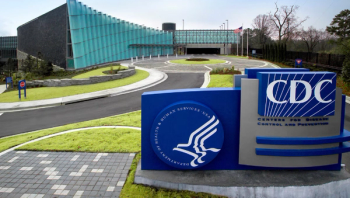
Your MRI Is Hacked: Transfer $100K in Bitcoin, Please
How hospitals can defend data and patients from ransomware attacks.
Ransomware has come a long way since the first attack at an international AIDS conference, where each victim had to pay $189 to regain access to their computer. Now, hackers are demanding higher ransoms from healthcare organizations that have more to lose.
Last month,
>> READ:
For healthcare organizations, there is more at risk than the cost of ransom, cancelled treatments and the loss of business due to a tarnished reputation. They must face critical interruptions in medical services that can disturb client care, causing harm to patients.
What’s Really at Risk in a Ransomware Attack?
Losses resulting from cyberattacks, exposing tens of millions of customers’ personal healthcare information around the world, are estimated to be as high as $1 billion. But even more disturbing is the risk to patient safety. According to
Ransomware attacks typically lock out doctors and nurses from patients’ records, bringing digital communications to a standstill. Hospital employees are forced to switch to manual methods of patient care, which are too time-consuming, given the high patient-to-caregiver ratio. Often, patients must scramble to look for alternative hospitals to provide the necessary tests or treatments.
Take, for example, the infamous
Due to the overwhelming publicity surrounding successful ransomware attacks and the amount of ransom hospitals are now prepared to pay, it’s certain that more healthcare facilities and their medical devices will be targeted in the future. It’s not a matter of “if” but “when.”
Good Hygiene for Medical Devices
Educating and training employees about security and phishing is the primary approach the industry is taking to minimize ransomware attacks. However, due to the increased risk, medical organizations need to apply stringent security policies to all of the digital medical devices deployed throughout all different departments as well.
This is not as simple as it sounds. Many security officers today don’t have visibility into equipment information managed by biomedical engineers. An important first step can be something as basic as maintaining a complete list of all of the medical devices, with all of their key characteristics and how they are connected to the network. This isn’t a one-time activity but rather something that must be done on an ongoing basis as devices are moved, retired or added to the network.
Once a full inventory is taken, then there are certain basic precautions that should be followed. For example, making sure all equipment has the latest versions for software and patches and restricting access to the most vulnerable devices.
To prevent an attack from spreading to medical devices, it’s a good idea to make sure medical equipment with similar levels of risk are on the same segment and can only communicate with computers that are essential to operate properly. Also, connections to potentially less secure devices, such as software integrations with third parties or manufacturers for predictive maintenance, should be monitored closely.
Ransomware attacks will only become more frequent and possibly more severe in the future. Verizon’s annual Data Breach Report for 2018 estimates that
Leon Lerman is co-founder and CEO of
Get the best insights in healthcare analytics
Related
















































